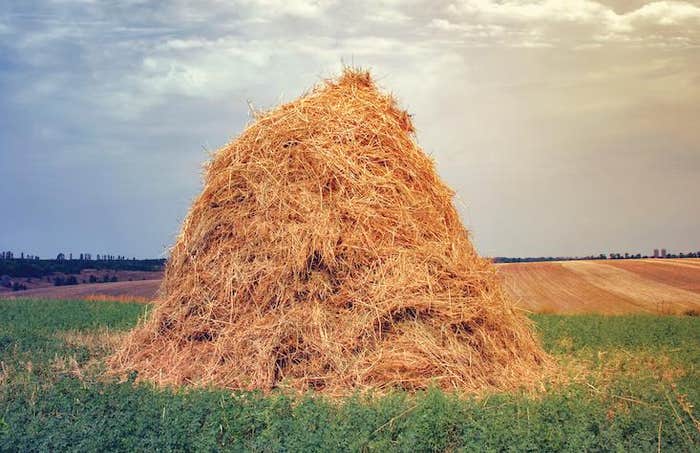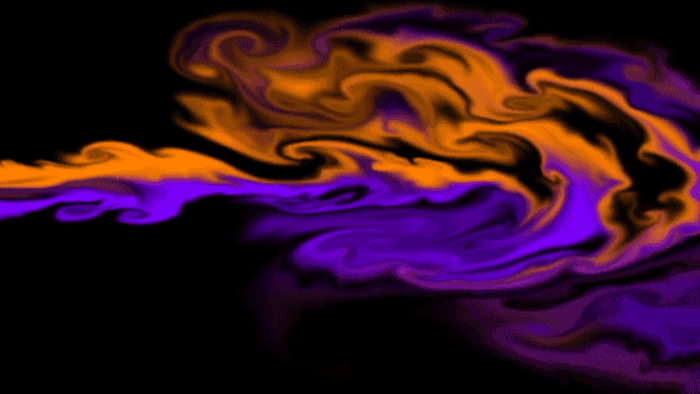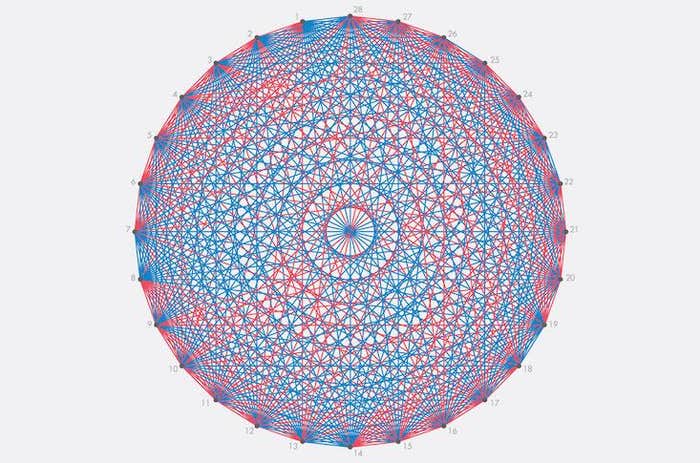Kevin Hartnett
At the Math Olympiad, Computers Prepare to Go for the Gold
Reprinted with permission from Quanta Magazine‘s Abstractions blog. Nautilus Members enjoy an ad-free experience. Log in or Join now . The 61st International Mathematical Olympiad, or IMO, began yesterday. It may go down in history for at least two reasons: Due to the COVID-19 pandemic it’s the first time the event has been held remotely, and […]
In Quantum Games, There’s No Way to Play the Odds
Reprinted with permission from Quanta Magazine’s Abstractions blog. Nautilus Members enjoy an ad-free experience. Log in or Join now . In the 1950s, four mathematically minded U.S. Army soldiers used primitive electronic calculators to work out the optimal strategy for playing blackjack. Their results, later published in the Journal of the American Statistical Association, detailed the best decision a player could make for […]
Why Mathematicians Can’t Find the Hay in a Haystack
Reprinted with permission from Quanta Magazine‘s Abstractions blog. Nautilus Members enjoy an ad-free experience. Log in or Join now . The first time I heard a mathematician use the phrase, I was sure he’d misspoken. We were on the phone, talking about the search for shapes with certain properties, and he said, “It’s like looking for hay in […]
What Makes the Hardest Equations in Physics So Difficult?
Reprinted with permission from Quanta Magazine‘s Abstractions blog. Nautilus Members enjoy an ad-free experience. Log in or Join now . Physics contains equations that describe everything from the stretching of space-time to the flitter of photons. Yet only one set of equations is considered so mathematically challenging that it’s been chosen as one of seven “Millennium Prize […]
A Simple Visual Proof of a Powerful Idea in Graph Theory
Ramsey’s theorem predicts a surprising (and useful) consistency in the organization of graphs. Here’s a simple visual proof of how it works.Image by Lucy Reading-Ikkanda/Quanta Magazine; Source: Jonathan Jedwab, Simon Fraser University Nautilus Members enjoy an ad-free experience. Log in or Join now . Reprinted with permission from Quanta AbstractionsA recent advance in geometry makes heavy […]



















